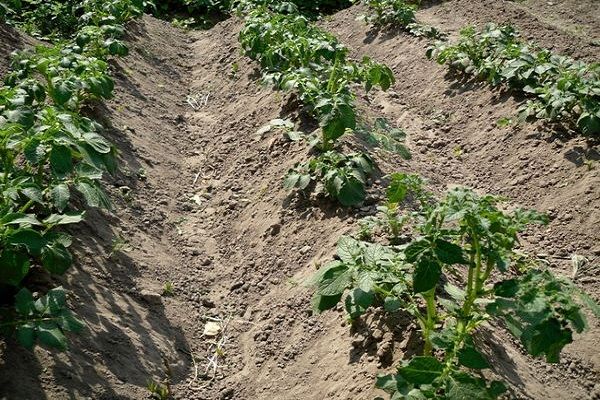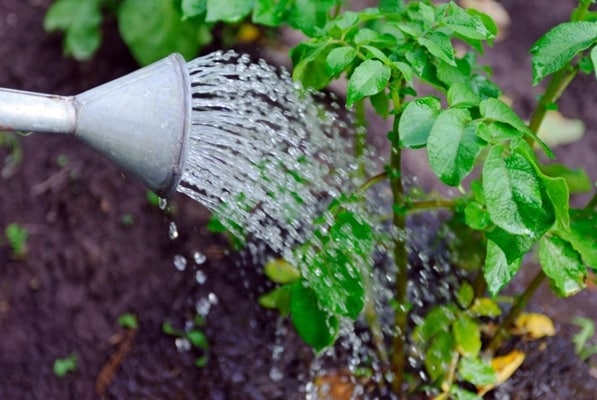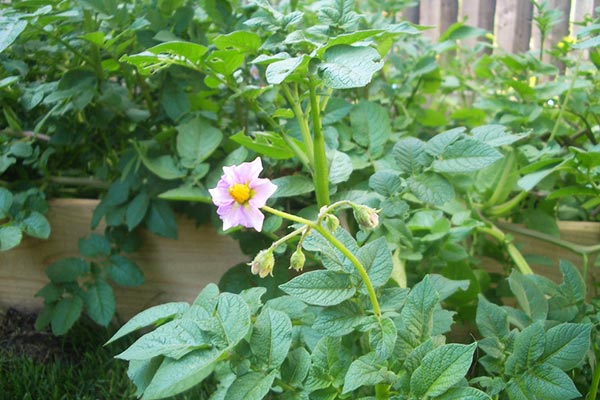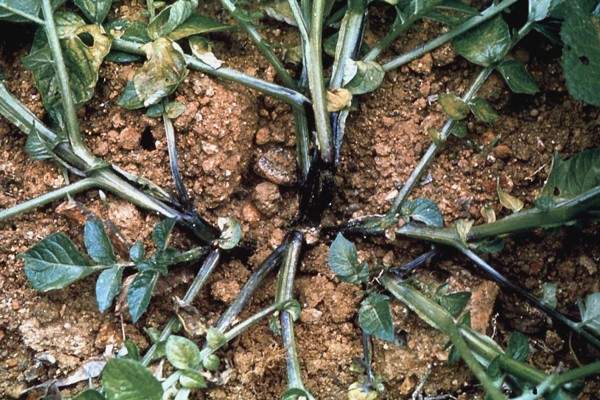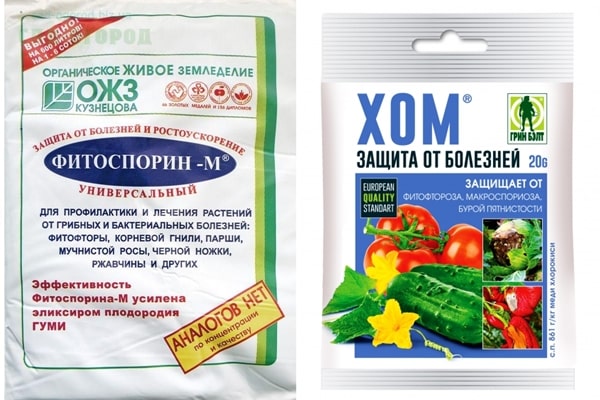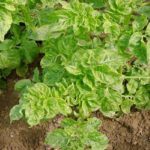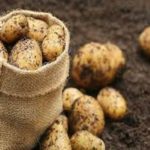There are several reasons why potatoes may not bloom. Flowering does not in any way affect the formation of the crop, but this period is important for the development of the plant. Before dealing with the problem, you need to find out what variety is planted. There are varieties that bloom rarely, moderately, and abundantly, and there are those that do not require passing through the flowering stage at all.
When and how long do potatoes bloom?
Potato is a flowering plant.Flowering of potatoes is mandatory; if this development cycle is absent, the vegetable crop gradually degenerates. Every year the harvest will be smaller.
Potatoes are a heat-loving and light-loving vegetable crop. It begins to germinate at a temperature of +6–7 degrees. The warmer the air and soil, the faster the seedlings will appear. Flowering occurs approximately 34 days after germination.
During the period of flowering and the beginning of the tops wilting, tubers begin to form. Up to 30 small tubers may be produced, but only 15–18 of them reach full maturity. The final ripening and growth of tubers occurs at the moment when the tops completely dry out and wither.
How many days the flowering period lasts depends on weather conditions and the selected variety. Flowering occurs in mid-June. Potatoes generally bloom for about two weeks. But there are varieties of vegetables that bloom very quickly and, if you do not appear on the site too often, you may not even notice this period.
Why don't potatoes bloom and how much is it necessary?
Lack of flowers may indicate a problem. In this case, you need to take measures to eliminate it:
- The cause may be unfavorable weather conditions (heat, drought, heavy rains).
- Planting low-quality tubers. You cannot choose sluggish, sprouted, small tubers as planting material.
- Pest invasion. Ladybug and ground beetle are frequent enemies. They completely eat the buds and can move to the leaves, which carry nutritional components to the tubers.
- Infection with a fungal, viral or bacterial infection.
- Insufficient proper care: weeding, hilling.The problem can be caused by planting potato beds in the shade, excessive watering, excess fertilizer, poor-quality soil composition, or lack of a nutrient medium in it.
Even experienced vegetable growers may be faced with the question: will there be a harvest if the potatoes do not bloom? The flowering stage itself does not in any way affect the quality of the crop, but the reason that led to the problem can negatively affect the development of the plant. For example, if there is no flowering due to infection, the risk of the disease spreading to the tubers increases. In this case, the help of fungicides will be required.
Some vegetable growers are convinced that it is better to pick off the flowers to make the tubers larger. If you decide to pick off the flowers, then you need to do it correctly. They begin to pick off either buds that have not yet bloomed, or flowers before the formation of seeds. The procedure is advisable only if the variety is characterized by abundant flowering.
Why potatoes don’t bloom: a feature of the variety
Let summer residents not worry about the question of whether there will be a potato harvest if the plant has not bloomed. Provided that the rules for planting and caring for the plant are followed, and favorable weather conditions are present, the harvest will definitely be harvested. Potato flowering does not in any way affect the quality and quantity of yield.
The achievement of modern breeders is the development of a potato variety that does not bloom. This vegetable usually has very early fruit ripening. The formation of tubers begins long before the flowering period.
The main positive aspects of the fact that a vegetable crop does not bloom are:
- the plant does not waste energy and nutritional components on the formation of flowers.
- the absence of a flowering period helps to avoid common diseases and avoid pest attacks.
- all micronutrients are mainly consumed only by the underground part, so the harvest turns out healthy and tasty.
There are potato varieties in which the flowering phase is very fast and is easy to overlook. In this case, small flowers are formed.
There are varieties that begin to bloom only in good weather conditions. If the weather is hot, dry, the plant does not waste energy on flowering.
Potatoes do not bloom due to pests
Diseases and pests affect how the crop will be harvested at the end of the growing season. Insect pests not only change the appearance of potato bushes, but also often become carriers of various infectious diseases. That’s why it’s so important to get rid of them in time.
Potato ladybug and ground beetles are frequent enemies, due to which potatoes may not bloom. They eat buds and already opened flowers. The ladybug (28-spotted) not only feeds on the delicate petals of flowers, but also eats leaves, leaving bare veins.
To prevent pests from appearing in the garden, at the beginning of the flowering period, the beds are treated with wood ash or corn flour. If small orange insects are already found on the bushes, it is recommended to treat them with Fitoverm or Tanrek.
If the plants do not bloom or begin to dry out and turn yellow ahead of time, the cause is an attack potato nematode.
Of the diseases, the most dangerous is considered to be a fungal disease - late blight. The stems and leaves begin to become covered with brownish-burgundy spots and stripes. By the flowering period, the plant has already died.Other diseases that affect potato bushes include black leg and ring rot.
All these reasons can negatively affect not only the characteristics of the flowering period, but also the formation of the harvest. Tubers are most often small, deformed and cannot be stored for long periods of time.
Insufficient care and feeding
During the flowering period, potatoes need to be looked after especially carefully. At this time, the plant consumes a lot of water and nutrients.
Basic recommendations on how to take care of potatoes during the flowering period are:
- compliance with the watering regime (if there is no rain, then up to three liters of water are calculated per bush);
- after watering, loosening and hilling are carried out to improve air circulation and the supply of nutrients to the roots;
- special attention is paid to plant nutrition (both organic and mineral components are suitable).
To speed up the bud formation stage, it is useful to add wood ash with potassium sulfate. After the start of mass flowering, it is recommended to add superphosphate. For foliar treatment, you can make a composition of urea, potassium sulfate and ammonium nitrate.
If you follow all these rules, the potatoes will be large, without damaged tubers.
Do I need to do anything if the potatoes don't bloom?
If the planted potato variety is not an ultra-early one, then you need to figure out why it doesn’t bloom and what needs to be done.
It is imperative to establish a watering regime and apply complex fertilizers on time. Special fungicides such as Fitosporin, Hom will help against pests. Weeding should be done on time to prevent weeds from growing and hilling.
How do potatoes bloom? When the vegetable blooms, several inflorescences of 2–3 curls appear on each bush.The flowers are large (up to 4 cm in diameter), the color depends on the variety. Corollas can be white, yellow, pink, purple.

